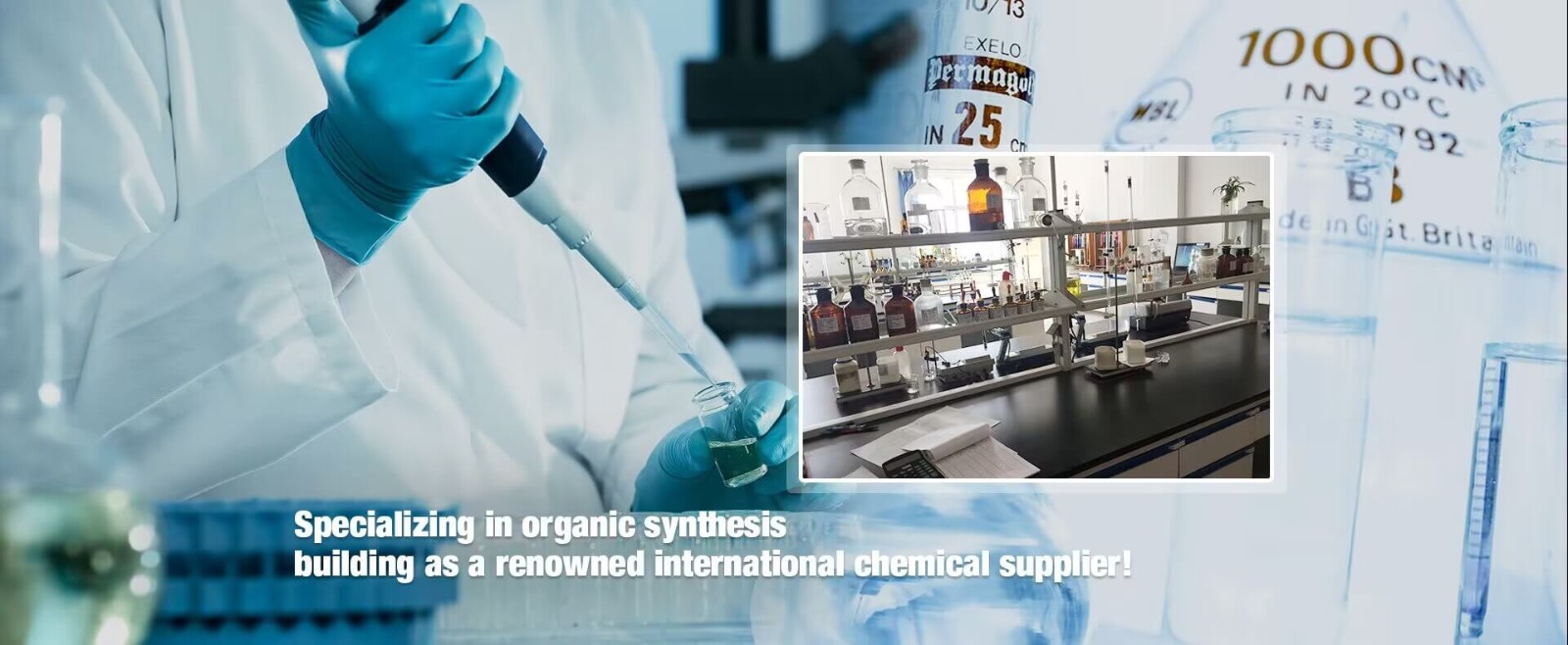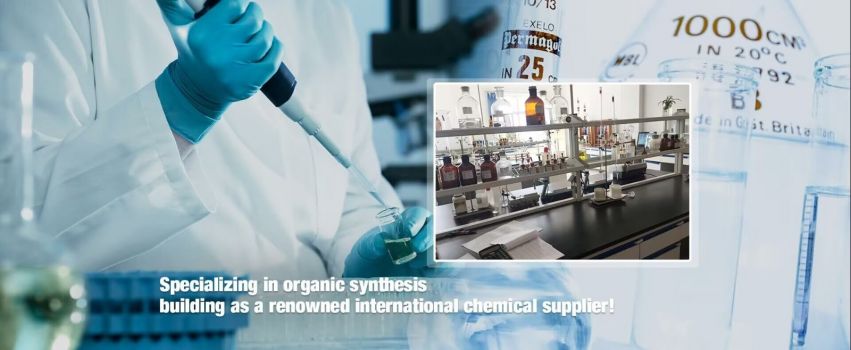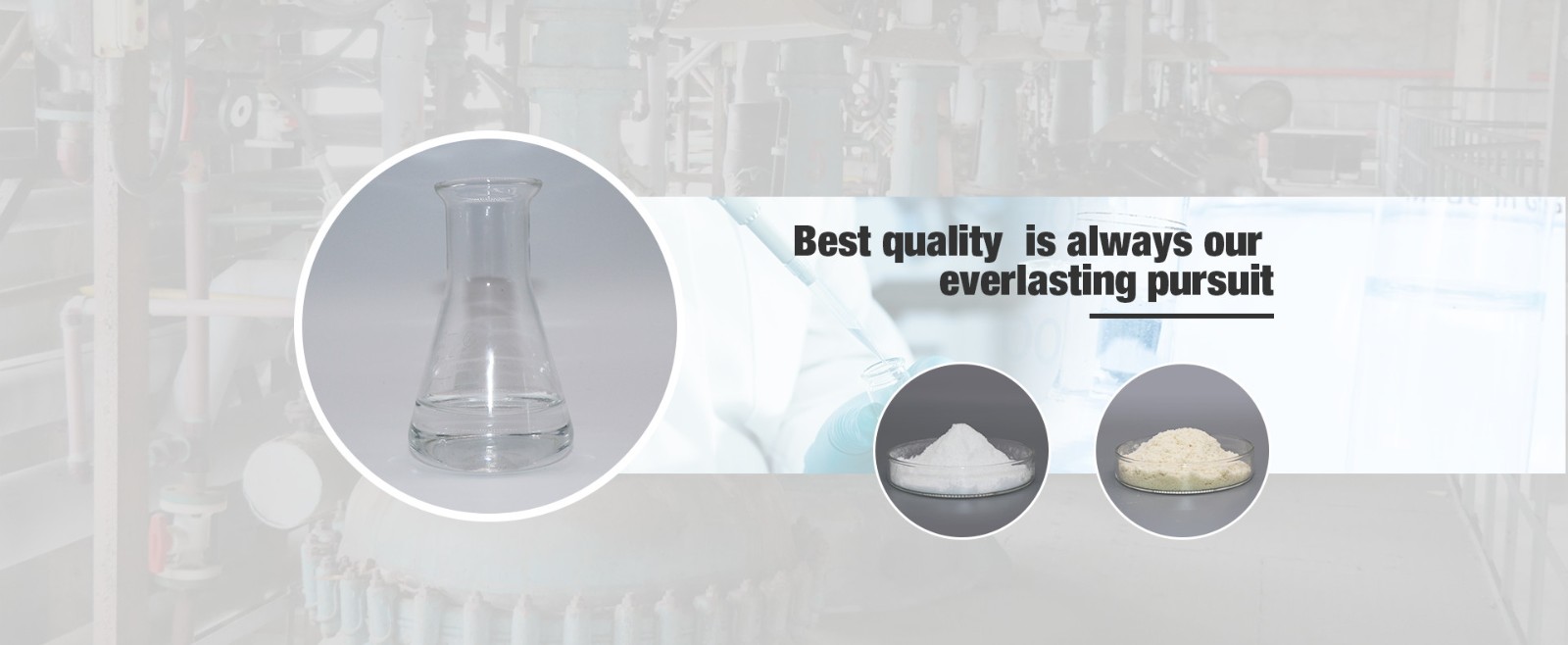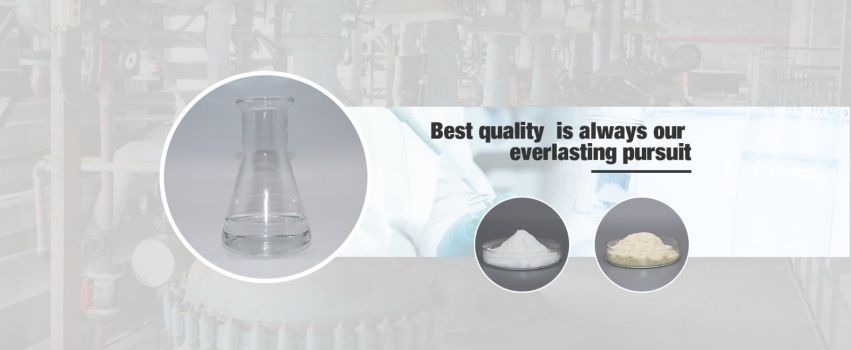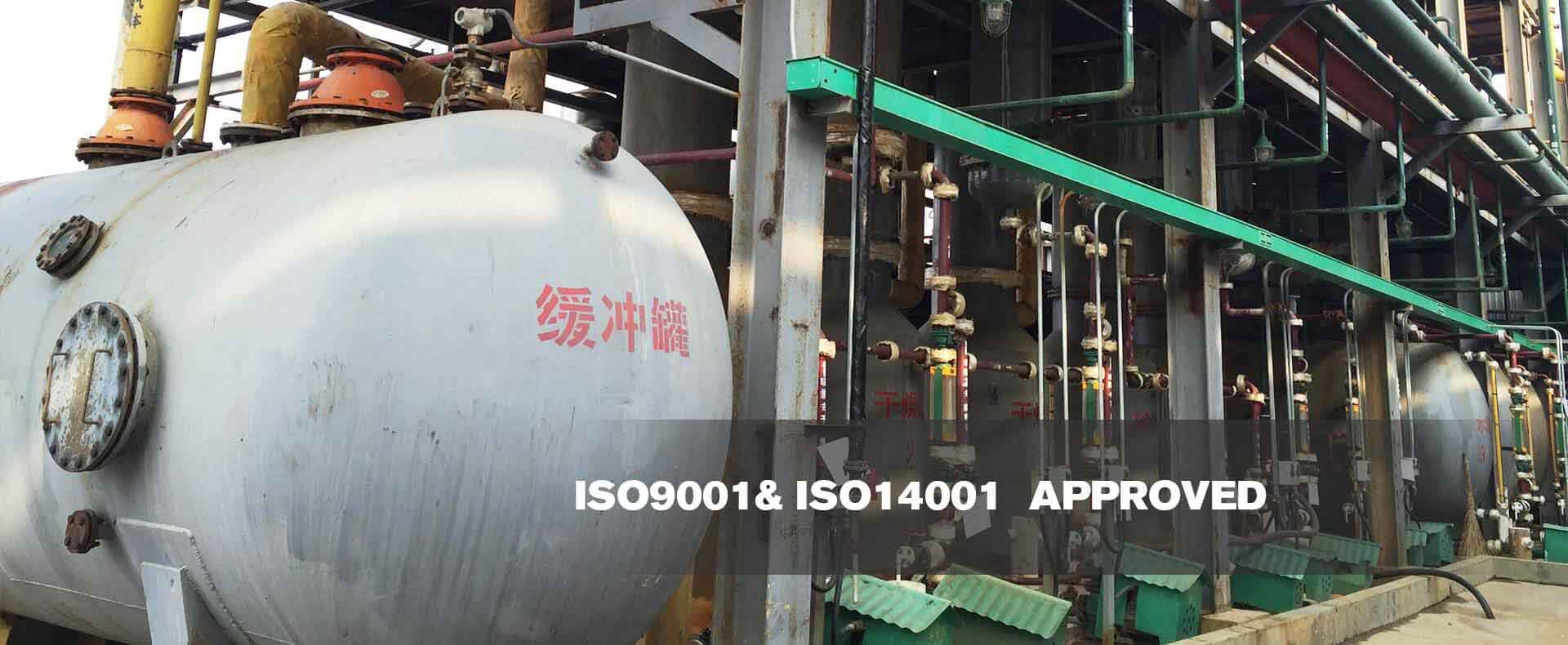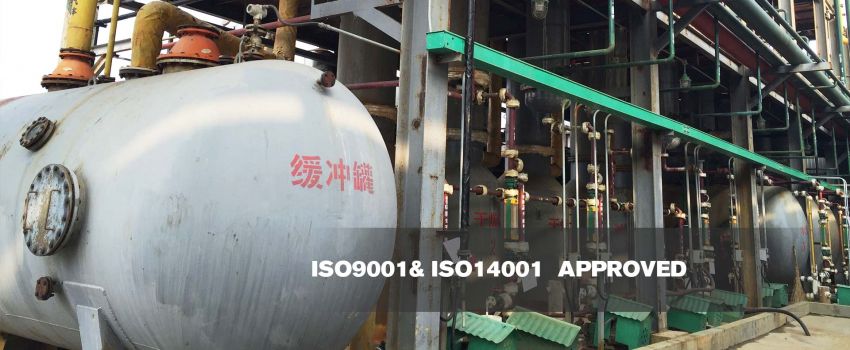Protein Storage Conditions Are Affected by Those Factors
Jul. 28, 2020
The storage and preservation of biological macromolecules can be divided into dry and liquid storage. Therefore, there are two types of protein storage: dry storage and liquid storage. However, protein storage conditions are affected by many factors. Today, what is analyzed is the factors that affect protein storage conditions.
Protein inactivation is affected by a variety of physical and chemical factors, including air, temperature, moisture, light, pH, sample status, microbial activity, storage time, and container. These factors can work alone, but more often they are synergistic. The protein storage conditions will also be affected by these aspects. The following pharmaceutical suppliers select a few of them for detailed analysis.
1. Air
The influence of air is mainly related to deliquescence, microbial pollution, and auto-oxidation. Microbial contamination in the air can cause samples to decay and deteriorate. In addition to deliquescence and denaturation, samples after moisture absorption can also create a favorable environment for microbial activities. Some samples with strong reducibility are oxidized and deteriorated soon after being exposed to the air, such as the inactivation of sulfhydrylase. The oxidation of some samples (especially liquid samples or semi-finished products) in the air is an auto-oxidation process, which is a free radical chain reaction spontaneously caused by oxygen in the air. The mechanism of auto-oxidation is very complicated. Including oxidation, reduction, polymerization, hydrolysis, etc. Oxygen concentration, water, pH, temperature, ultraviolet light, etc. all affect auto-oxidation.
2. Temperature
Each sample has a stable temperature range. The increase in temperature will cause many physical and chemical changes. For example, if the temperature increases by 10℃, the oxidation reaction will speed up several times, and the enzymatic reaction will increase by 1-3 times; another example is 50℃. The above proteins are easily denatured, which is not conducive to the stable existence of substances. In addition, a suitable temperature (such as room temperature) is an important condition for microbial contamination. However, the low temperatures can inhibit chemical reactions such as oxidation and hydrolysis as well as the growth of microorganisms, leaving microorganisms in a slow and hidden state of life. Therefore, most biochemical samples are stored at low temperatures, and their stability can be greatly increased.
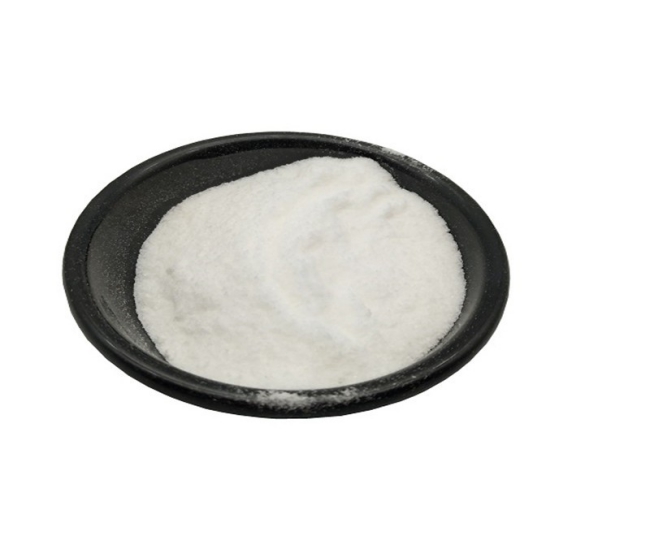
3. Moisture
Moisture is also one of the main factors affecting sample quality. The moisture referred to here may come from the sample itself, or it may be the result of moisture absorption by the sample. In addition to directly participating in hydrolysis, enzymatic hydrolysis, hydration, and addition reactions, water can also accelerate oxidation, polymerization, dissociation, and mildew. When the water content of macromolecules such as proteins and enzymes is too high, the high-level structure will become loose, stability will decrease and it will be easy to inactivate. Therefore, in order to avoid or weaken the influence of water, the solid samples must be sealed, and the liquid samples must be frozen or stabilized.
4. Light
Certain molecules can absorb light of a certain wavelength and reflect or transmit light of other waves. After the sample absorbs light, the molecules are activated and the internal energy increases, which is not conducive to the preservation of the sample. The ultraviolet energy in sunlight is large, and the effect on protein or enzyme preparation is Z great. Under different conditions, the sensitivity of the sample to light is different, and the degree of change in the light effect is also different.
5. PH
The pH has a greater impact on the storage of liquid samples. The stable pH of different samples is different, which can be obtained from experiments or from literature. When storing liquid samples, buffers are commonly used to control pH. When selecting a buffer, not only the buffer capacity should be considered, but also the impact of the type and concentration of the buffer on the stability of the sample. For example, penicillin uses citrate instead of phosphate and acetate as buffers, because the former catalyzes its hydrolysis at a much lower rate.
6. time
Different samples have different expiration dates. Therefore, the stored samples need to be inspected, processed, or replaced regularly.
Our company provides cas:9002-07-7.
Previous: Mechanism of Corrosion Inhibitor
-

Qinmu's CPHI China 2025 Exhibition Ends Perfect
Jul. 01, 2025
-

CPHI & PMEC China (Shanghai) 2025 --- we are coming!
Mar. 14, 2025







